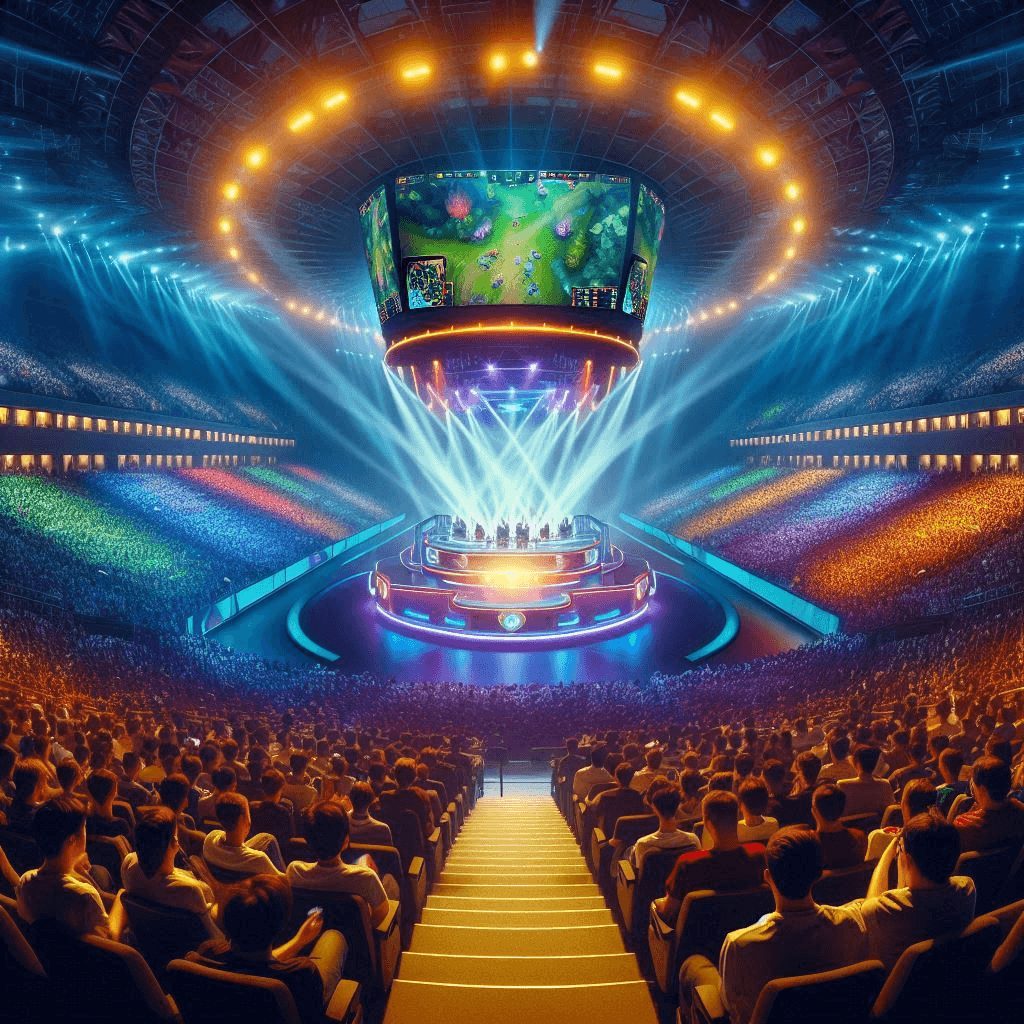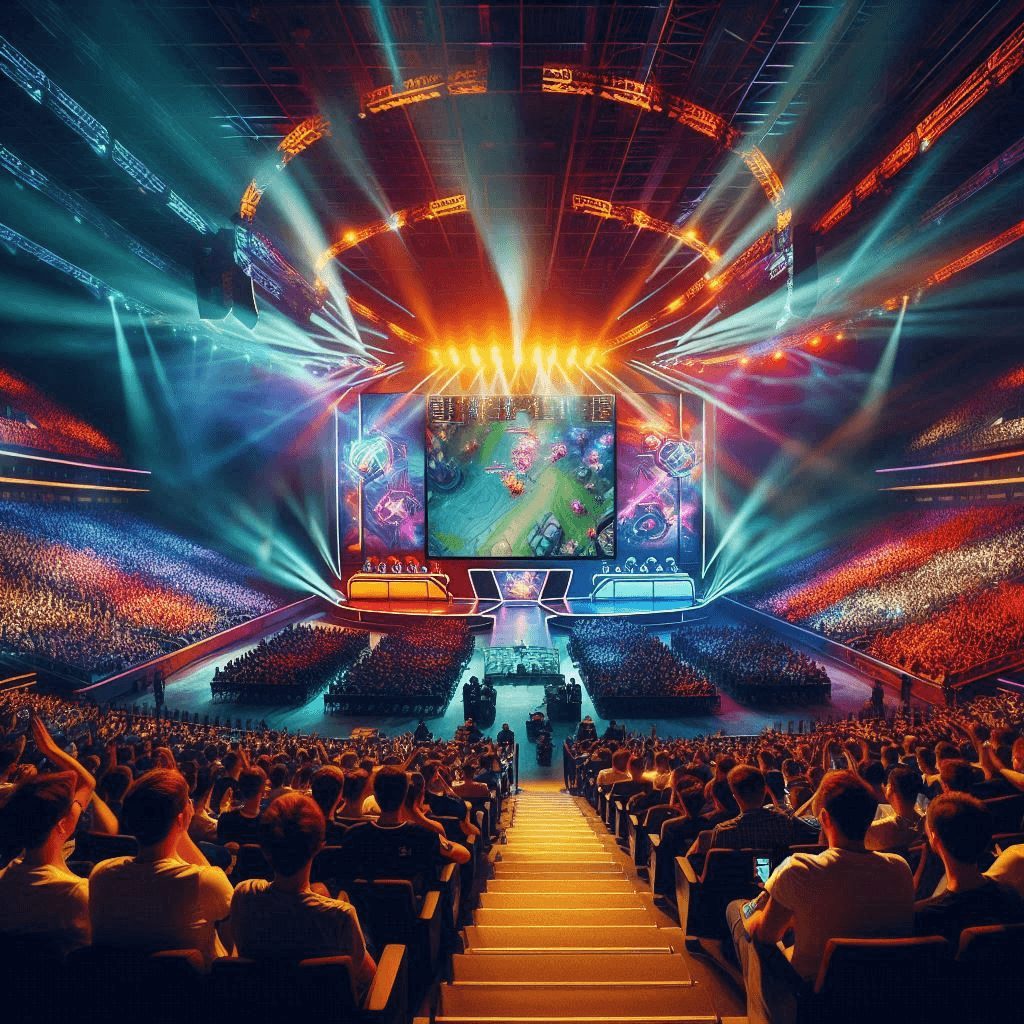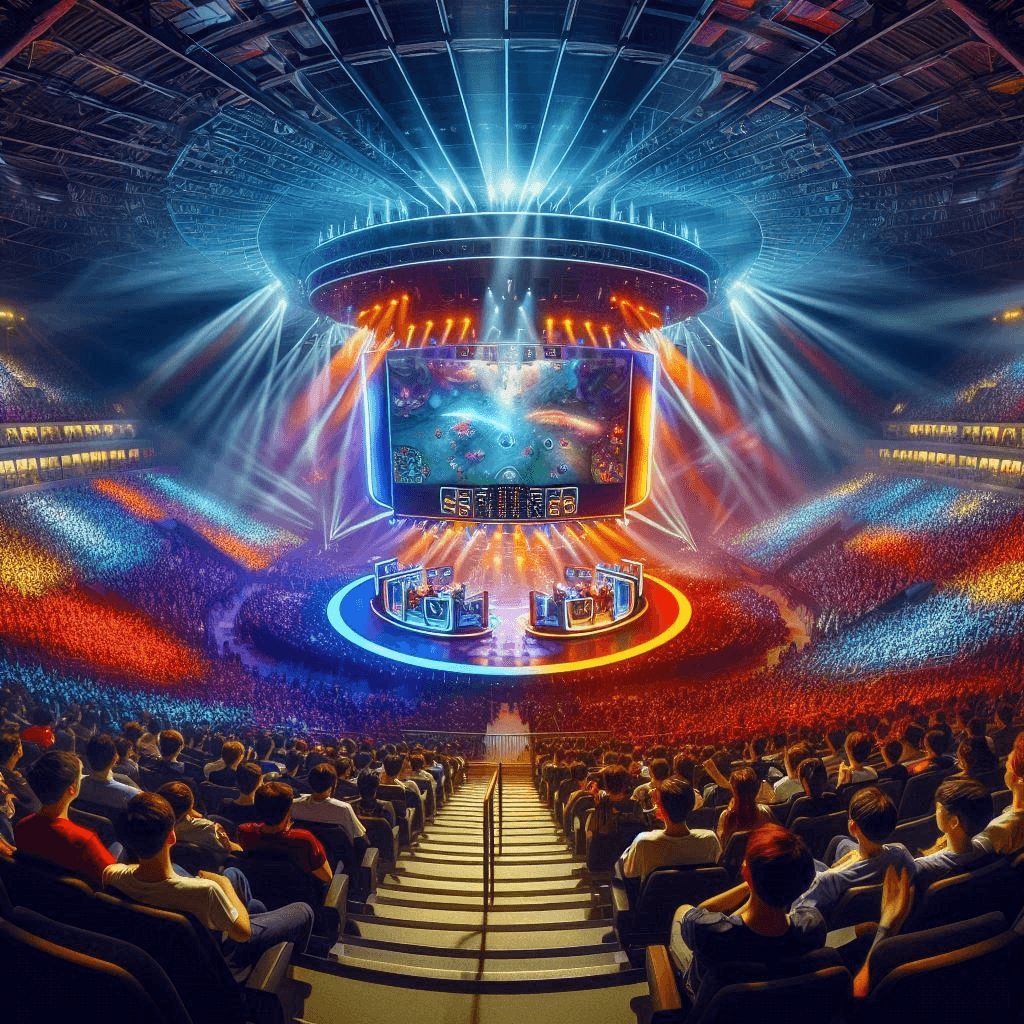In the ever-evolving landscape of the gaming industry, MOBAs is one genre has risen to the forefront of the competitive eSports scene: Multiplayer Online Battle Arenas. These fast-paced, team-based games have captivated audiences worldwide, showcasing the thrill of strategic gameplay, intense rivalries, and the sheer skill of the world’s best players.
MOBAs have undergone a remarkable transformation, transitioning from niche titles to global phenomena that command the attention of millions of fans. This article delves into the captivating world of MOBAs, exploring their origins, the key factors behind their meteoric rise, and the implications of their growing influence on the eSports industry.
The Origins of MOBAs
The roots of the MOBA genre can be traced back to the early 2000s, with the rise of custom game modes in the popular real-time strategy (RTS) game “Warcraft III: Reign of Chaos” and its expansion, “Warcraft III: The Frozen Throne.” These custom game modes, known as “Defense of the Ancients” (DotA), introduced the core mechanics that would define the MOBA genre: two teams of players, each controlling a unique character or “hero,” competing to destroy the opposing team’s base.
The success of the DotA custom game mode led to the development of standalone MOBA titles, such as the original “Defense of the Ancients” mod and the release of “League of Legends” in 2009, which quickly gained a dedicated following. As the genre continued to evolve, other prominent MOBA titles, such as “Dota 2,” “Heroes of the Storm,” and “Smite,” emerged, each offering their own unique twists on the core MOBA formula.
The Rise of Competitive eSports
The transition of MOBAs from niche game modes to global eSports phenomena can be attributed to several key factors:
- Accessibility and Depth: MOBAs strike a balance between accessibility and depth, allowing players of all skill levels to enjoy the game, while also providing a steep learning curve that rewards mastery and strategic thinking. This blend of approachability and complexity has been a significant draw for both casual and hardcore gamers.
- Team-Based Gameplay: The team-based nature of MOBAs fosters a sense of camaraderie and collaboration, as players work together to outmaneuver and outplay their opponents. This team dynamic adds an extra layer of excitement and drama to the competitive scene, as players and teams strive to achieve victory through coordinated efforts.
- Spectator Friendliness: MOBAs have proven to be highly engaging for both players and spectators. The fast-paced action, colorful visuals, and easily understandable objectives make them well-suited for live events and tournament broadcasts, which have played a crucial role in the growth of the eSports industry.
- Esports Ecosystem: The MOBA genre has benefited from the robust eSports ecosystem that has developed around it. Prominent MOBA titles have established professional leagues, dedicated streaming platforms, and a thriving community of analysts, casters, and content creators. This ecosystem has helped to legitimize and amplify the competitive aspect of the genre.
- Monetization Strategies: MOBA developers have often adopted free-to-play business models, allowing players to access the core game for free while offering optional in-game purchases for cosmetic items or gameplay enhancements. This approach has proven effective in attracting and retaining a large player base, which in turn has fueled the growth of the eSports ecosystem.
The Rise of Competitive MOBA Tournaments
The success of MOBAs in the eSports landscape can be clearly seen in the scale and popularity of their competitive tournaments. Some of the most notable MOBA tournaments include:
- The International (Dota 2): Organized by Valve Corporation, the developers of Dota 2, The International is the premier Dota 2 tournament. With prize pools often exceeding $30 million, it is one of the largest eSports events in the world, attracting the best Dota 2 teams and players from around the globe.
- League of Legends World Championship: Hosted by Riot Games, the developer of League of Legends, the World Championship is the pinnacle of the game’s competitive scene. The event has consistently drawn massive audiences, with the 2022 World Championship finals reaching a peak viewership of over 5 million concurrent viewers.
- Heroes of the Storm Global Championship: Blizzard Entertainment’s MOBA, Heroes of the Storm, has its own competitive circuit, the Heroes of the Storm Global Championship. While not as prominent as the Dota 2 and League of Legends tournaments, the HGC has still managed to cultivate a dedicated fanbase and showcase the strategic depth of the game.
- SMITE World Championship: Hi-Rez Studios’ MOBA, SMITE, has also established a strong eSports presence with the SMITE World Championship. This tournament features teams from various regions competing for a share of the substantial prize pool.
- Mobile Legends: Bang Bang World Championship: The mobile MOBA genre has also seen significant growth, with the Mobile Legends: Bang Bang World Championship becoming a prominent event in the eSports landscape. This tournament showcases the thriving mobile MOBA scene and the adaptability of the genre to various platforms.
These high-profile tournaments have not only captivated MOBA enthusiasts but have also drawn in a broader audience, introducing the excitement and strategic depth of the genre to a wider global viewership.


The Impact of MOBAs on the Esports Industry
The rise of MOBAs has had a profound impact on the eSports industry, both in terms of viewership and revenue.
- Viewership Growth: MOBA tournaments have consistently drawn massive audiences, with the League of Legends World Championship and The International for Dota 2 regularly ranking among the most-watched eSports events. This widespread viewership has helped to legitimize eSports as a viable entertainment and broadcasting medium, attracting the attention of traditional sports leagues, media conglomerates, and advertisers.
- Revenue Generation: The eSports industry has seen significant revenue growth, driven in large part by the popularity of MOBA titles. In-game monetization strategies, such as the sale of cosmetic items and battle passes, have generated substantial revenue for MOBA developers. Additionally, the massive viewership of MOBA tournaments has attracted lucrative sponsorship deals and media rights contracts, further boosting the industry’s financial prospects.
- Talent Development: The competitive MOBA scene has fostered the development of a talented pool of professional players, coaches, and analysts. These individuals have become sought-after commodities, with organizations investing heavily in their recruitment and training to gain a competitive edge. This influx of talent has helped to elevate the overall quality of MOBA gameplay and analysis, further enhancing the viewer experience.
- Infrastructure and Ecosystem: The MOBA genre has been a driving force behind the growth of the eSports infrastructure and ecosystem. This includes the establishment of professional leagues, tournament organizers, broadcast platforms, and content creation networks. The development of this robust ecosystem has contributed to the legitimacy and sustainability of the eSports industry as a whole.
- Mainstream Acceptance: The widespread popularity of MOBAs has helped to bridge the gap between gaming and mainstream entertainment. The high-production-value broadcasts, the engaging narratives surrounding professional teams and players, and the sheer scale of MOBA events have all helped to bring eSports into the mainstream consciousness, paving the way for greater acceptance and integration within the broader sports and entertainment landscape.
The Future of MOBAs and eSports
As the MOBA genre continues to evolve and captivate audiences, the future of MOBAs and eSports holds immense potential. Some key trends and developments to watch for include:
- Mobile Dominance: The rise of mobile gaming has led to the emergence of mobile-centric MOBA titles, such as Mobile Legends: Bang Bang and Arena of Valor. These mobile MOBAs have the potential to further expand the reach of the genre, tapping into the vast mobile gaming market and introducing new audiences to the thrills of competitive MOBA gameplay.
- Technological Advancements: Innovations in areas like cloud gaming, virtual reality, and 5G connectivity could unlock new possibilities for MOBA experiences, enhancing the visual fidelity, interactivity, and accessibility of the genre. These technological advancements could further blur the lines between traditional gaming and eSports, creating new avenues for engagement and viewership.
- Broader Integration with Traditional Sports: As eSports continue to gain mainstream acceptance, the integration of MOBA titles with traditional sports leagues and organizations is expected to deepen. This could lead to cross-promotional opportunities, joint tournaments, and the incorporation of eSports into the overall sports entertainment landscape.
- Expanding Monetization Avenues: MOBA developers are likely to explore new monetization strategies, such as the integration of blockchain technology and non-fungible tokens (NFTs), to further monetize their games and eSports ecosystems. These innovative approaches could unlock new revenue streams and opportunities for player engagement and ownership.
- Increasing Professionalization: The eSports industry, including the MOBA genre, is expected to continue its trajectory towards greater professionalization. This could involve the implementation of stricter regulations, the development of player unions, and the establishment of more robust player welfare and support systems, all aimed at ensuring the long-term sustainability and growth of the industry.
Conclusion
The rise of Multiplayer Online Battle Arenas (MOBAs) has been a transformative force in the eSports industry, captivating audiences and elevating competitive gaming to new heights. From their humble origins as custom game modes to their current status as global phenomena, MOBAs have demonstrated the power of strategic, team-based gameplay to engage and enthrall players and spectators alike.
The success of MOBA titles, such as League of Legends, Dota 2, and Heroes of the Storm, has not only driven the growth of the eSports industry but has also had a profound impact on the broader entertainment landscape. The massive viewership numbers, lucrative revenue streams, and the development of a vibrant ecosystem have all contributed to the legitimization and mainstream acceptance of eSports.
As the MOBA genre continues to evolve, driven by advancements in technology, innovative monetization strategies, and deeper integration with traditional sports, the future of MOBAs and eSports holds tremendous promise. The ability of these games to captivate audiences, foster a sense of community and competition, and showcase the incredible skill of the world’s best players will undoubtedly continue to shape the trajectory of the gaming industry and the broader entertainment landscape.
